|
War Service Chevrons were issued to members of the Civil Defence Services from September 1944. For eack full 12 month period of service, an individual was entitled to one chevron. With some members then subsequently making a fifth year of service, a single additional war service chevron was issued. On many stand-down photos in May/June of 1945 it is possible to see the five chevrons (a set of four plus one) worn on the lower right sleeve. Images courtesy of George P.
0 Comments
WW2 Derby County Council Air Raid Welfare Rest Centre Information Officer Appointment Card9/27/2020 A scarce appointment card for an Information Officer at a Rest Centre in Derbyshire. Appointment (sometimes called Warrant) cards are quite regularly seen for ARP Wardens and other Civil Defence services but it is quite rare to see one for an Information Officer or other position within the Air Raid Welfare organisation.
Rest Centres were set up in locations (quite often schools) where those who had been bombed out could find food, temporary shelter and also renew documentation if their originals had been lost. The Information Officer would be able to advise them on the ways they could seek further assistance from the local authority. The ARP Pattern 44 felt hat is probably one of the scarcest survivors of all the headwear issued to Civil defence personnel during the second world war. Initially the hats featured a red and blue ribbon but with the official change in the name to Civil Defence General Services in 1941 this was replaced by a gold and blue ribbon (ARP Pattern 143) as shown below. Image courtesy of Jon Mills.
This photo shows members of Swindon's Fire Guard showing off toys they had made. The photo is interesting on a number off levels. Firstly, it's quite rare to see the diamond-shaped Fire Guard instructors badge being worn (two in evidence here). The lady bottom left also has one (probably the locally-trained Local Fire Guard Instructors (LFGI) badge) plus another instructor's badge of the type similar to the LARP version (Local Air Raid Precautions (locally trained silver badge)). She also has an ARP badge on here beret. There appears to be quite a text heavy shoulder board on her tunic but it is not possible to determine what this is.
At the beginning of the second world war the vast majority of badges on Civil Defence and other service uniforms were of the embroidered variety. With the growth in the numbers of personnel in uniform on the Home Front it was necessary to look at ways to minimise the cost of badge production. One method was to print badges and the Calico Printer's Association manufactured numerous badges, not only for the Home Front, but for the armed services as well. Below are original examples courtesy of Jon Mills.
|
Please support this website's running costs and keep it advert free
Categories
All
Archives
June 2024
|
|
|
Copyright © 2018–2024
|
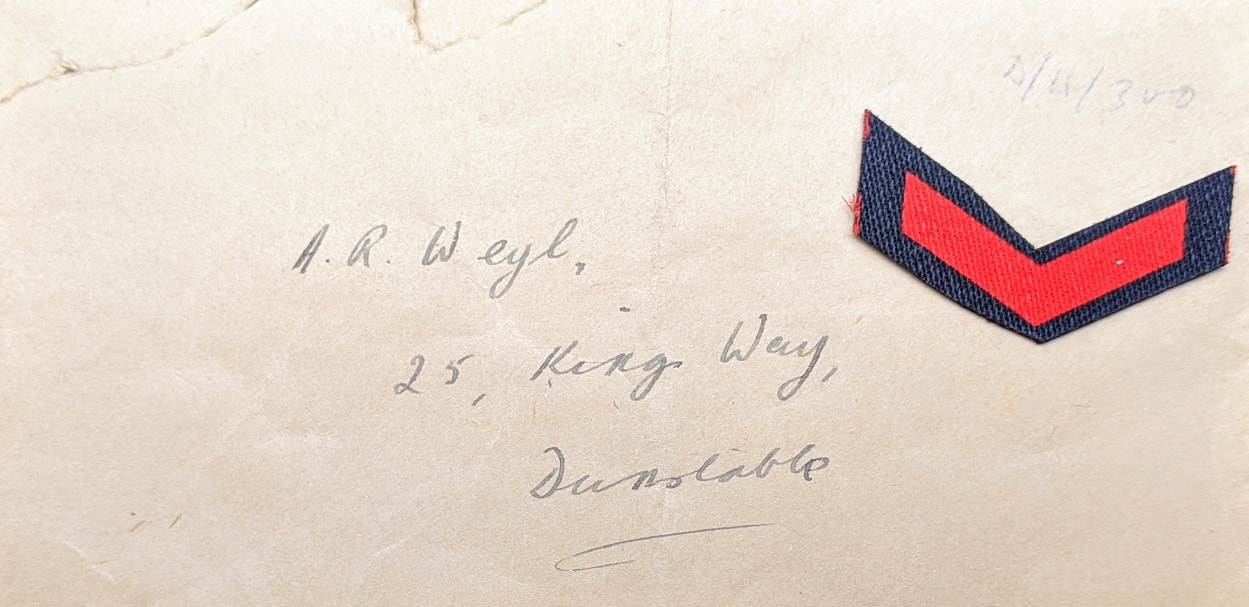

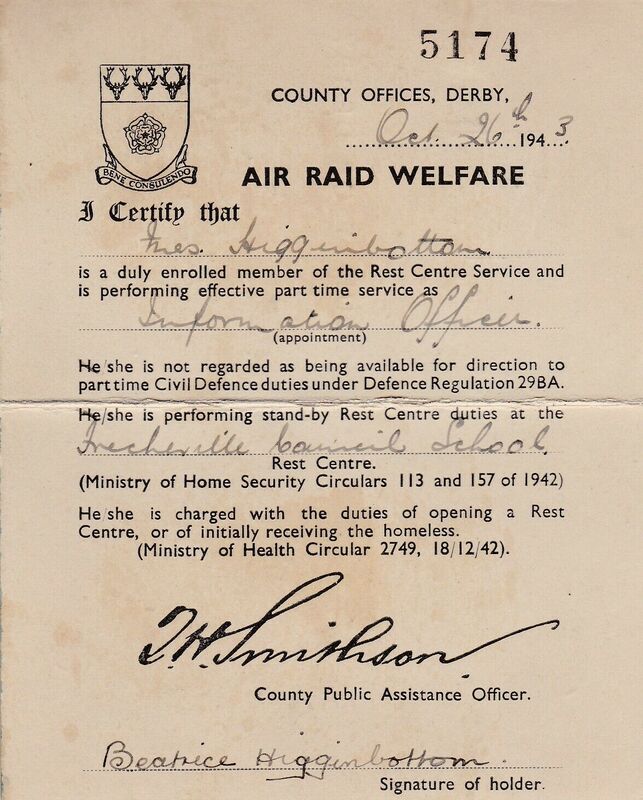
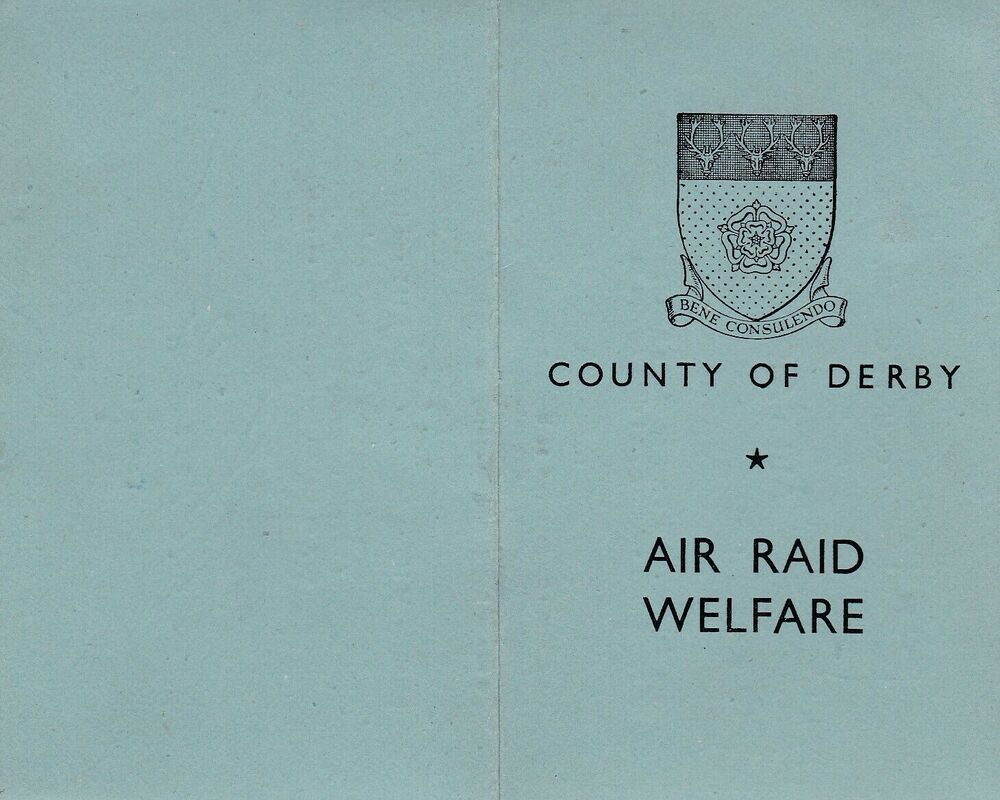
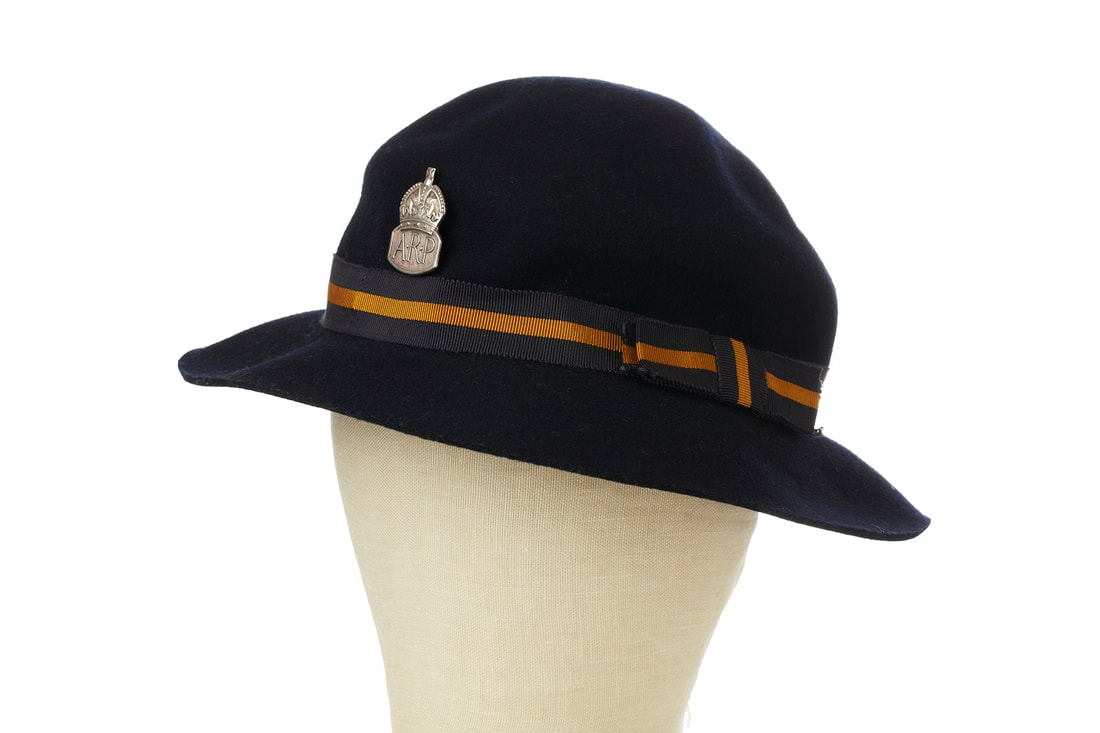
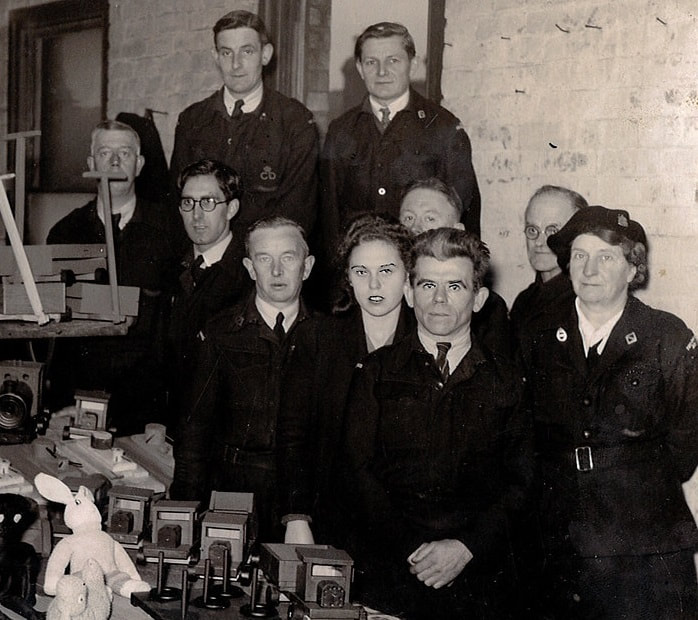
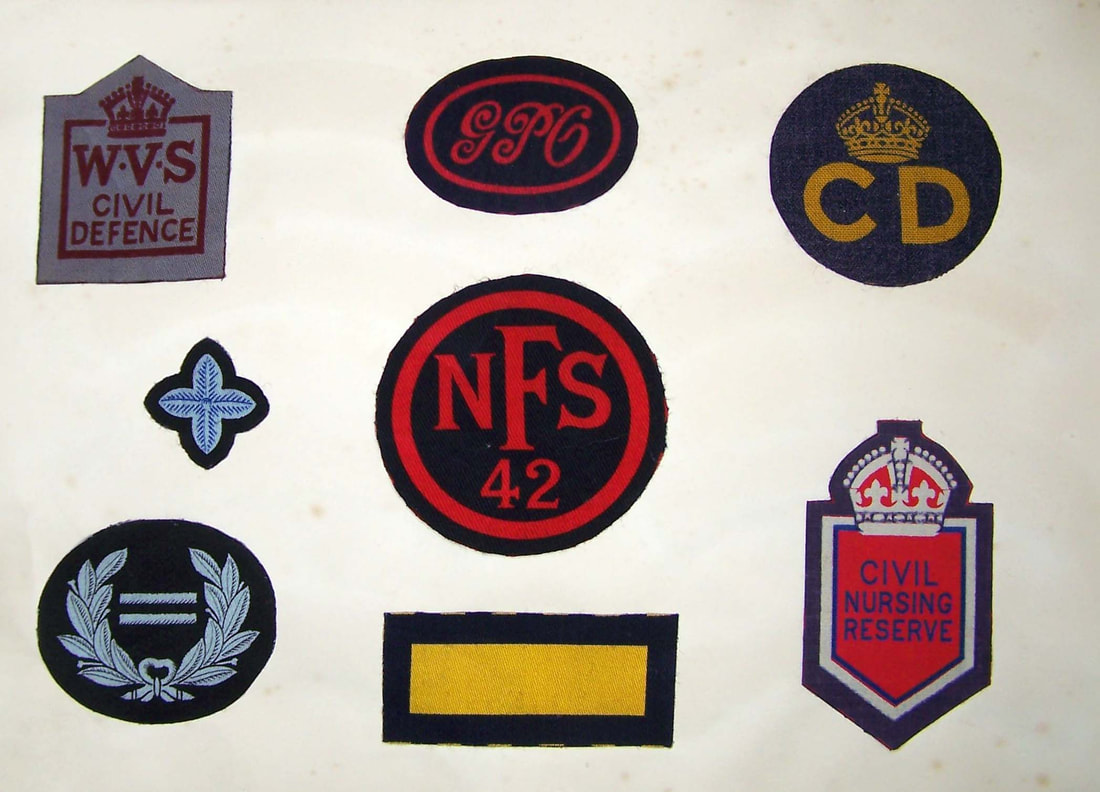
 RSS Feed
RSS Feed